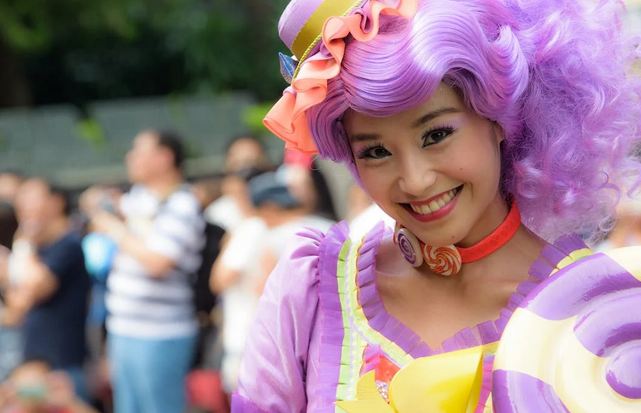Millions of young girls throughout the United States are anticipated to choose to emulate their cherished Disney princesses this Halloween. In recent times, a segment of parents and advocates for child mental health have voiced apprehensions regarding the potential detrimental effects of these beloved fairytale characters, particularly concerning body image in young girls.
Disney princess attire positively impacts self-assurance and esteem
However, recent research findings challenge these concerns, indicating that such apprehensions may be unfounded. Contrary to prior beliefs, donning a Disney princess attire not only makes for an enchanting Halloween costume but also fosters positive impacts on a child’s self-esteem and self-assurance.
The recent study conducted by the University of California, Davis, examined the impact of Disney princesses on children’s self-image and play patterns. These iconic characters have been beloved since the release of “Snow White and the Seven Dwarfs” in 1937.
UC Davis Department of Communication’s postdoctoral researcher and study leader said that although the Disney princesses have critics, study findings indicate that the characters may actually enhance confidence of young girls and help them diversify play patterns.
Researchers classified Disney princesses by their perceived body size, with Moana deemed average-sized and Jasmine considered thin. The study found that Elsa from “Frozen” was the most popular princess.
Princess body size preference influences self-esteem in children
The study investigated the impact of a child’s favorite Disney princess on their body esteem and toy preferences, addressing parental concerns. It assessed children’s body esteem through caregiver feedback and analyzed their choice of toys to identify preferences for masculine or feminine play. The year-long study involved 340 children and their caregivers in Denver.
In a notable discovery, children who preferred princesses with average body types, such as Moana, exhibited enhanced self-esteem and a greater propensity for both masculine and feminine play activities one year later. This trend applied to both boys and girls.
Furthermore, the frequency of children assuming the role of princesses played a significant role in these outcomes. Those who engaged in such role-playing, especially with princesses having average bodies, displayed improved self-image and more diverse play preferences.


